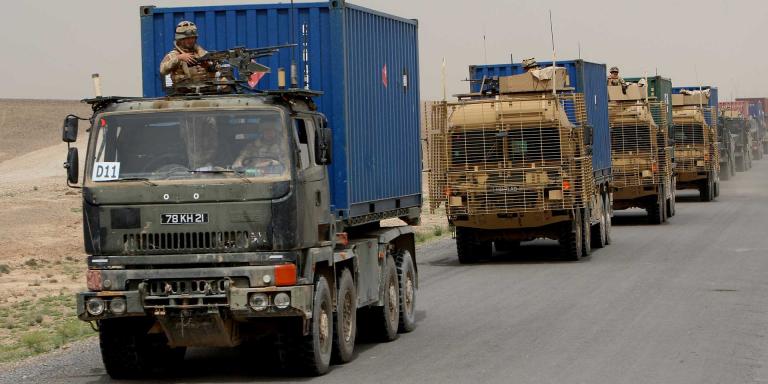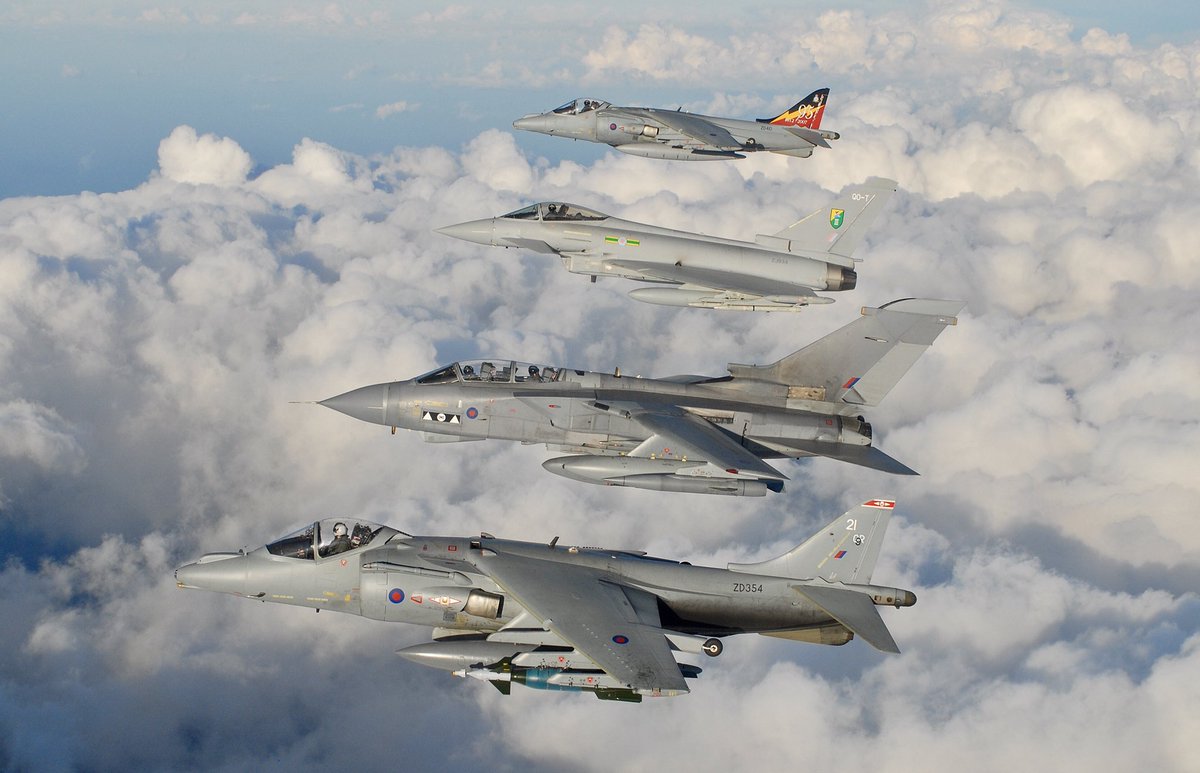A few thoughts about #IR23 and its implications for the forthcoming Defence Command Paper. 🧵
IR21 was prescient and correct in identifying Russia and China as the two major threats. Russia was always the more immediate challenge due to its proximity, and IR23 reflects this.
1/
IR21 was prescient and correct in identifying Russia and China as the two major threats. Russia was always the more immediate challenge due to its proximity, and IR23 reflects this.
1/

IR21 recognised that resource constraints meant that our approach to the Indo-Pacific needed to be a "tilt" not an outright "pivot." The AUKUS construct is the perfect embodiment of this aspiration, especially as the threat posed by China is expanding not contracting.
2/
2/

The duality of Euro-Atlantic and Asia-Pacific roles means that seven Astute Class submarines is insufficient. In fact, many would argue that seven submarines is not even enough for Euro-Atlantic commitments. In other words, the UK's SSN fleet may need to grow.
3/
3/

The new SSN AUKUS design is an opportunity to augment UK submarine numbers. If Australia, a country with a more modest defence budget can commit to 8-10 submarines, Britain should do so too. 10-12 SSN AUKUS plus Astute would increase the. total SSN fleet to 19 boats.
4/
4/
If UK's submarine fleet grows by 10-12 boats, the Royal Navy's headcount cap would likely need to increase too, from 39.400 to 45,000 sailors, to ensure that the fleet could be manned.
5/
5/
Another interesting aspect of SSN AUKUS is that it will have vertical launch tubes. These will be ideal for launching hypersonic missiles. So, it seems likely that the UK will adopt a US-made weapon, which could potentially be nuclear tipped.
6/
6/

The war in Ukraine is a reminder that all conflict is ultimately resolved on the ground. Which means that while the Royal Navy will play a key role, the Army remains a critical element. The challenge is to reconcile an expeditionary focus with a peer war fighting capability.
7/
7/

Traditionally, Britain has always maintained a highly professional small peacetime army able to "punch above its weight," with the capacity to grow quickly in a time of national emergency. This is unlikely to change, because large standing armies are costly to maintain.
8/
8/

However, there is a sense that a peacetime British Army of 72,500 is too small because it only allows a single division to be fielded. If total headcount were increased to 85-90K, the Army could field two war fighting divisions. Without this, it may not be credible.
9/
9/
Army regeneration initiatives are already underway to rebuild capabilities. These include investment in armoured vehicles, long-range fires, air defence, UAS/ CUAS, C4I, EW / SIGINT and logistics. Despite missteps, e.g. Ajax, the Army will become more lethal and agile.
10/
10/

There are 4 British Army capability gaps:
1⃣ It needs more than 148 MBTs - least 200
2⃣ It needs a new cannon-equipped IFV - at least 400
3⃣ It needs more rocket artillery - at least 72 HIMARS
4⃣ It needs to restore lost CS / CSS enablers to support deployed troops.
11/
1⃣ It needs more than 148 MBTs - least 200
2⃣ It needs a new cannon-equipped IFV - at least 400
3⃣ It needs more rocket artillery - at least 72 HIMARS
4⃣ It needs to restore lost CS / CSS enablers to support deployed troops.
11/

The biggest challenge for the Army is evolving its structure away from a focus on light infantry towards the same type of high end peer war fighting units that our NATO allies and other partners have maintained.
12/
12/

Ultimately, the Army needs to be reconfigured around two war fighting divisions. One needs an expeditionary focus, i.e., able to deploys rapidly with a reduced logistical footprint. The other needs to have a manoeuvre focus, i.e., lethal and resilient for combined arms tasks.
13/
13/
The major challenge for the Army is how to facilitate rapid expansion in time of war. At the moment, it cannot deploy without Army Reserve units providing additional personnel. The Army must be able to "fight tonight" without relying on part-time troops.
14/
14/
Instead, the Army Reserve should have four roles:
1⃣ Provide Battlefield Casualty Replacements for deployed units
2⃣ Provide specialists for highly technical arms
3⃣ Provide combat enablers for a third deployable divsion
4⃣ Allow the Army to double in size within 6 months
15/
1⃣ Provide Battlefield Casualty Replacements for deployed units
2⃣ Provide specialists for highly technical arms
3⃣ Provide combat enablers for a third deployable divsion
4⃣ Allow the Army to double in size within 6 months
15/
The Army Reserve could be reconfigured to achieve the above by restoring Cardwell's reforms of 1870 which created linked Regular and Reserve Battalions. Under this arrangement, every unit would have an Army Reserve company or squadron.
16/
16/

This brings us to the Royal Air Force. Its IR21 plans were generally well received. However, there is no escaping the fact that the total number of combat aircraft squadrons has been drastically reduced since the end of the Cold War.
17/
17/

Typhoon continues to be an asset and will in time be replaced by Tempest. The latter will be a highly capable twin-engine stealth fighter and strike aircraft. The key question is what Tempest fleet numbers are achievable in terms of assured capability versus affordability?
18/
18/

The 2023 Defence Command Paper will need to consider four RAF questions:
1⃣ Total fleet size of F-35B JSF
2⃣ Need for additional P8 Poseidon MPA
3⃣ Need for additional E7 Wedgetail AEW&C aircraft 4⃣ Need for additional A400M to compensate for the loss of the C-130 Hercules
19/
1⃣ Total fleet size of F-35B JSF
2⃣ Need for additional P8 Poseidon MPA
3⃣ Need for additional E7 Wedgetail AEW&C aircraft 4⃣ Need for additional A400M to compensate for the loss of the C-130 Hercules
19/
One further topic is whether the RAF needs to resume responsibility for training its own pilots rather than outsourcing it?
20/
20/

Most of what is described above, is about augmenting what we already have, rather than fundamentally changing the size and composition of our armed forces. Even so, it will require more than £5 billion extra. Rather, it will need defence spending to rise to 2.5% of GDP.
21/
21/
• • •
Missing some Tweet in this thread? You can try to
force a refresh





















